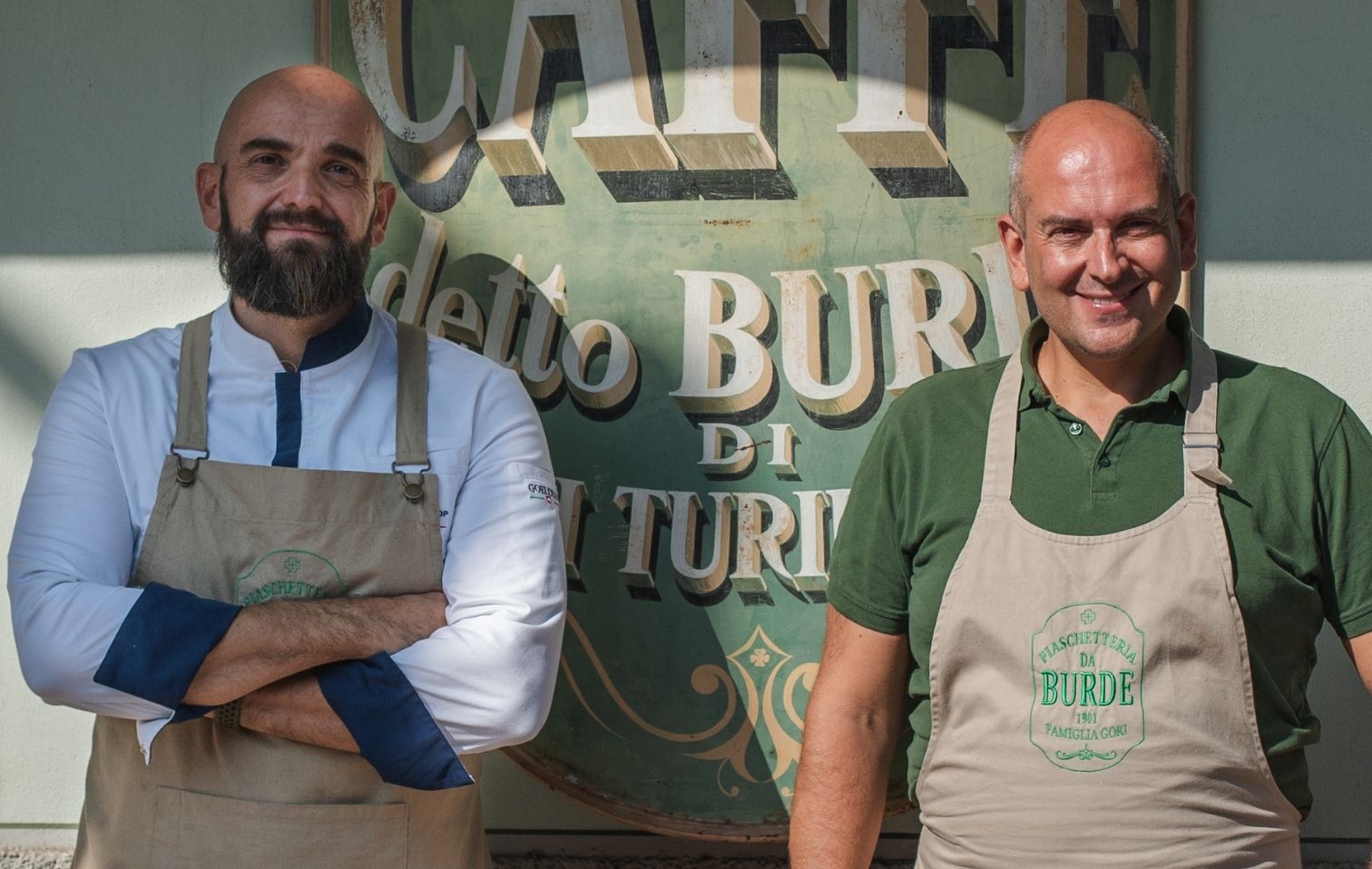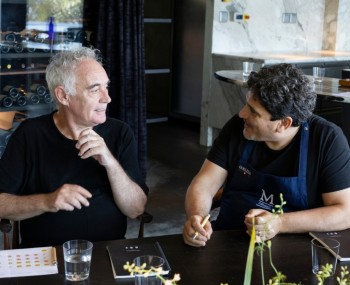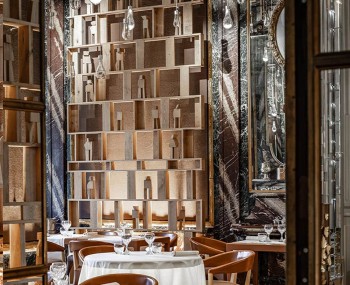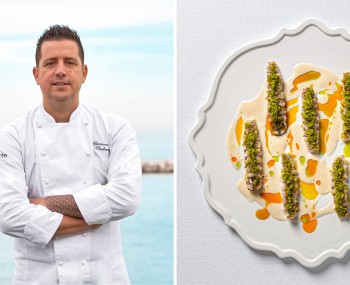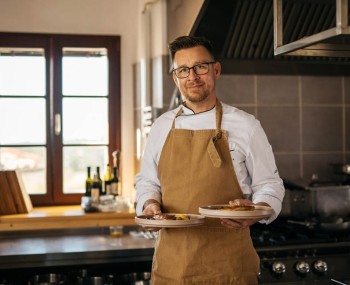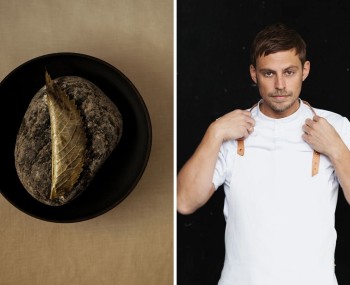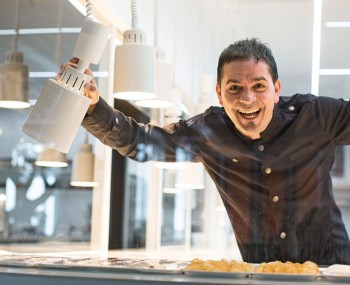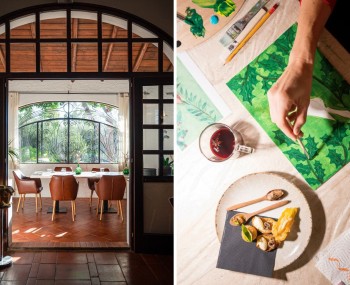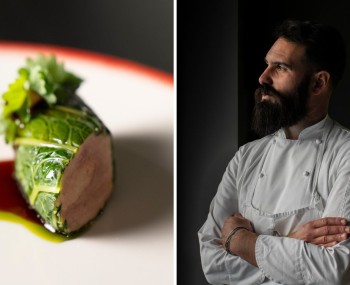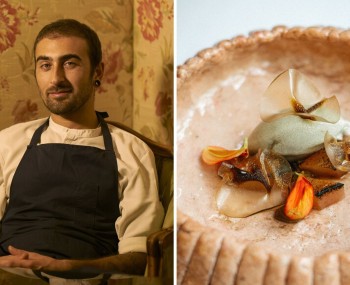In Florence, Trattoria da Burde and the Gori Brothers tell the centennial story of authentic Tuscan dining.
The centuries-old Trattoria da Burde was born in 1901. Today, the hosts are the brothers Andrea and Paolo Gori, who, respectively in the dining room and kitchen, create an harmonious dance expressing the oldest principle of hospitality: nourishment of body and soul.
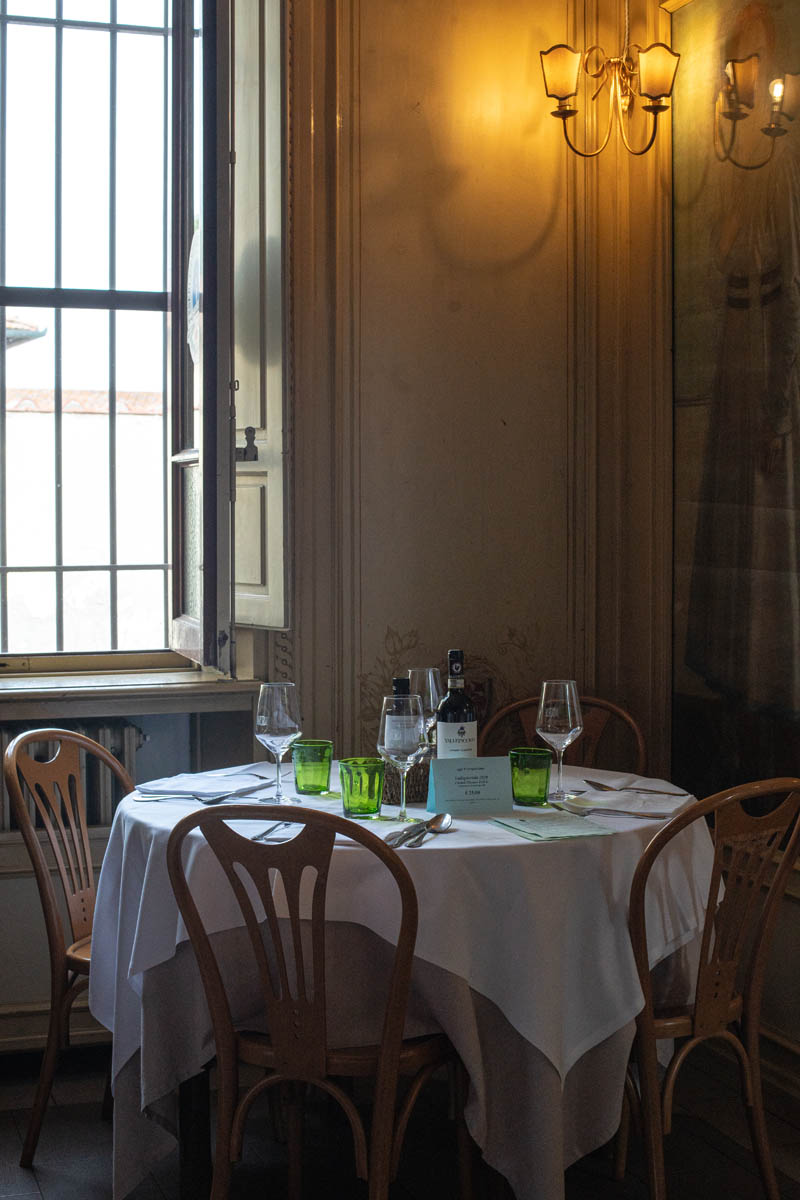
The story
The walls of Da Burde from the early 1900s are steeped in stories, anecdotes, and scents. It is the realm of Tuscan authenticity at its deepest. The location of the sign was, from the very beginning, a crucial junction for barrel makers and river workers (the Arno River flows just a few steps away). Initially a shop, then a deli, and later a trattoria, it was called "Trattoria dell’Alberone" due to a large tree in front.
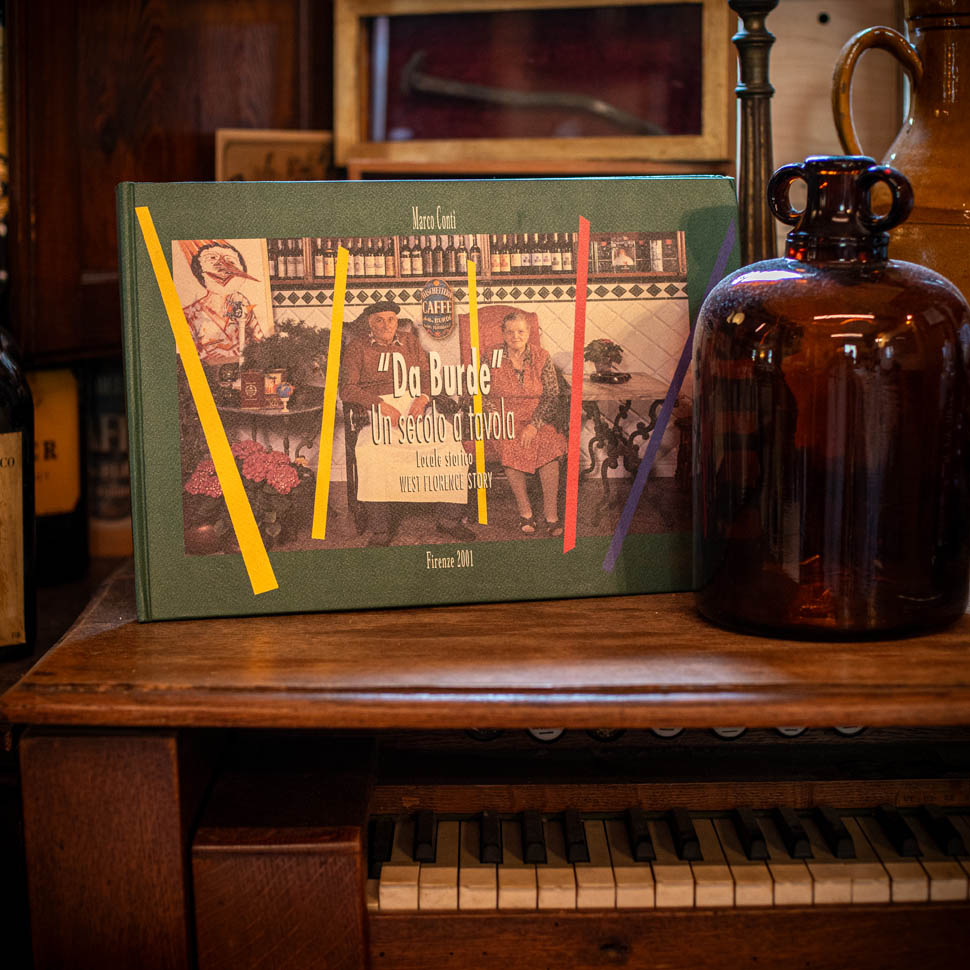
"Burde" is the natural evolution of the nickname "Burdél" given to Egiziano Barducci - a nickname used for boys in Romagna, Tuscanized into Burde. The beginning of this centuries-old story dates back to him and his wife Giulia Gori. Four generations of the family have followed with the same intense passion, making Trattoria da Burde an impenetrable bubble where time has not found space to infiltrate and disrupt this small temple of good dining. It's not just a trattoria but a way of living Tuscan life, from the table to the shop.
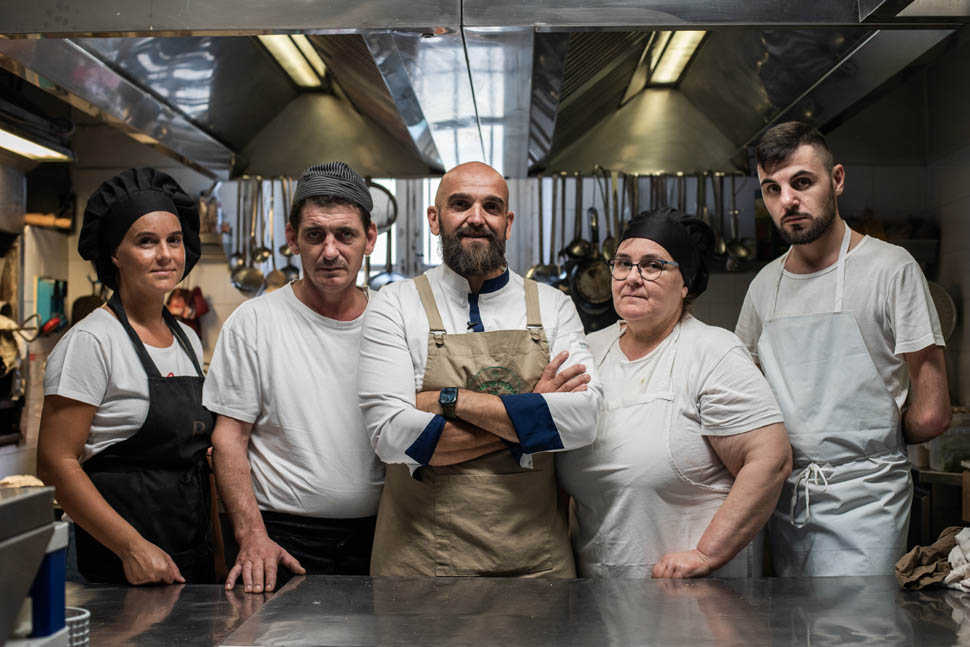
Yes, because Trattoria da Burde was and still is the most classic and unspoiled example of a shop. Today, various jarred recipes created by Paolo, then produced by Luciano Savini and finally distributed by Savini Tartufi, are displayed prominently in front of the cold cuts and cheese counter: acciugata, carabaccia, white ragù, Florentine tripe, peposo, spreadable apple with alchermes, Tuscan black crostini.
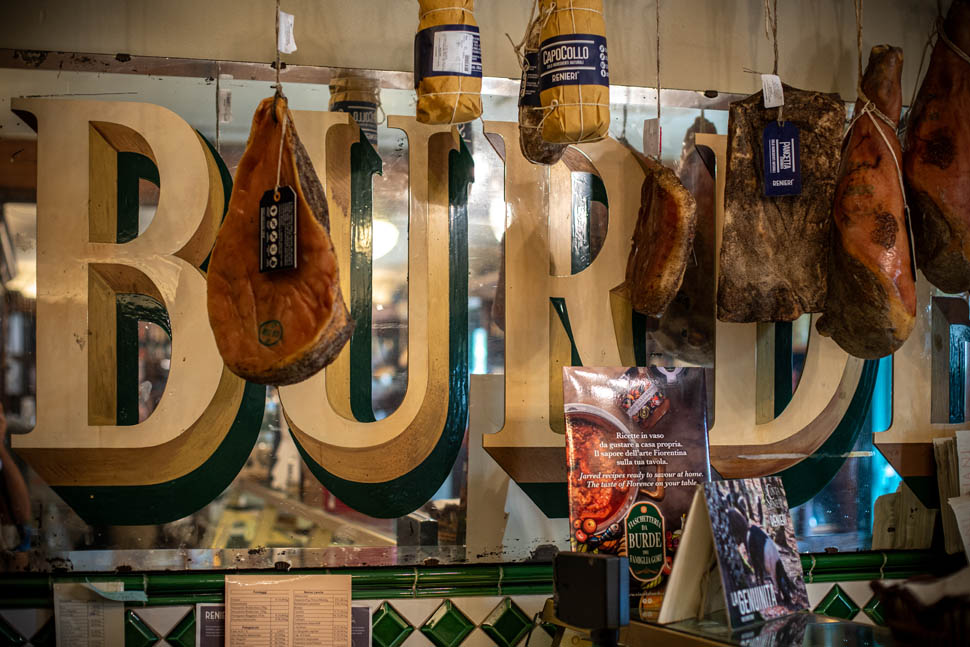
As mentioned, today, the two brothers Andrea and Paolo Gori are here. The latter is now, in everyone's eyes, a sort of ambassador of Tuscan gastronomic tradition, that of home and ancient soups, dishes sometimes influenced by more or less distant sources.
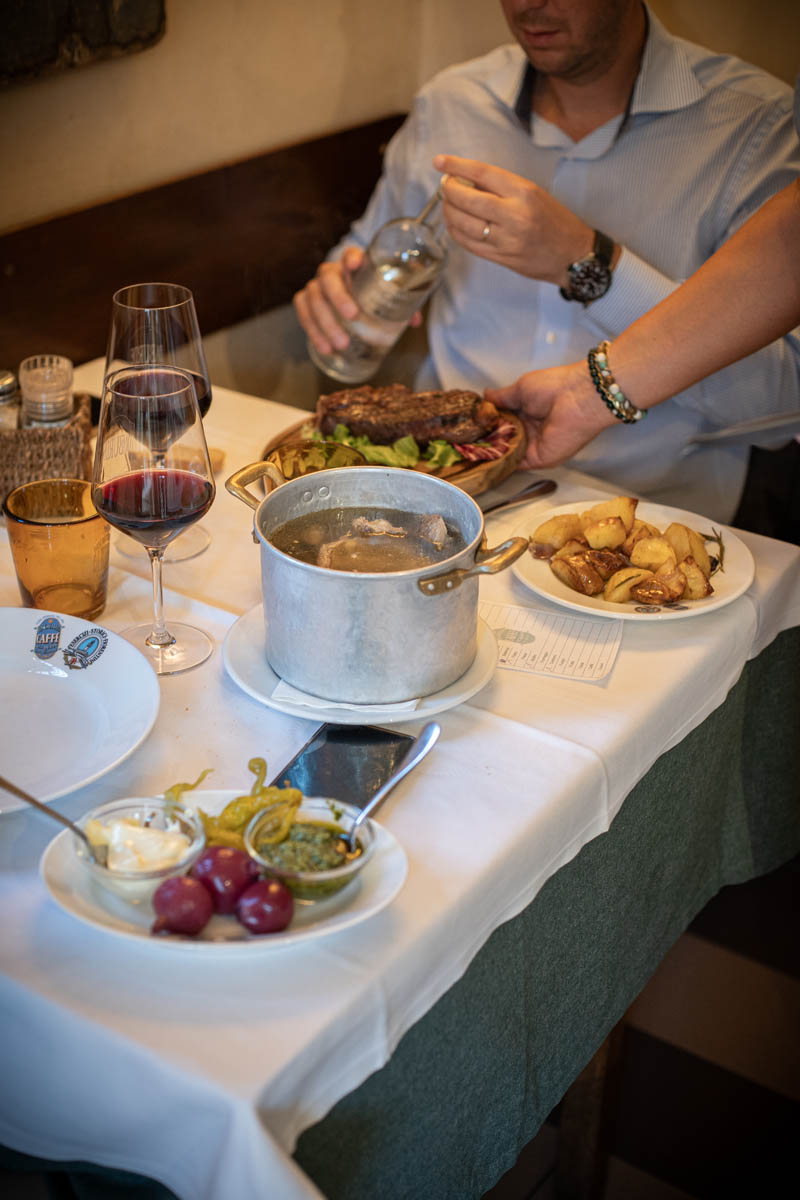
The kitchen
Not just Florentine steaks (Andrea in the dining room advises not to order them not because they are not good – they are, in fact, among the most renowned in the area – but because "we cook them on the grill, but the credit is not ours but of the breeder and the butcher who supplies them," he says).
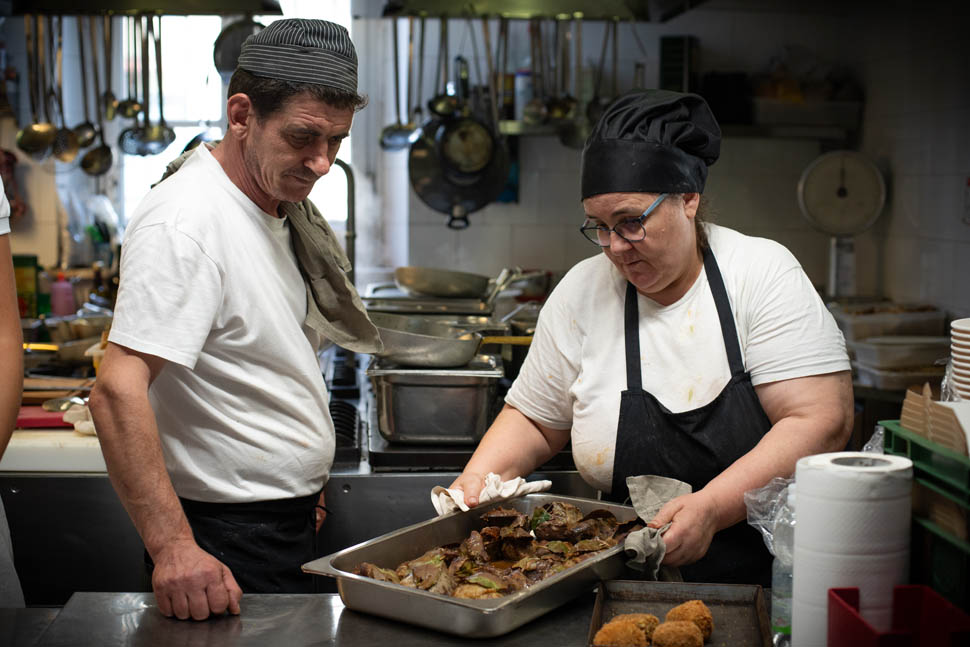
The menu, like in any home, changes every day but always follows the same cycle: "On Monday, we eat francesina, on Tuesday meatballs, on Wednesday either hunter-style chicken or fried chops with stewed potatoes, on Thursday either tripe or hunter-style chicken if you didn't eat it on Wednesday, on Friday cod with chickpeas," recalls Andrea, who, in illustrating the kitchen calendar, shows no hesitation or confusion, just as when preparing certain dishes, always respecting traditions and customs.
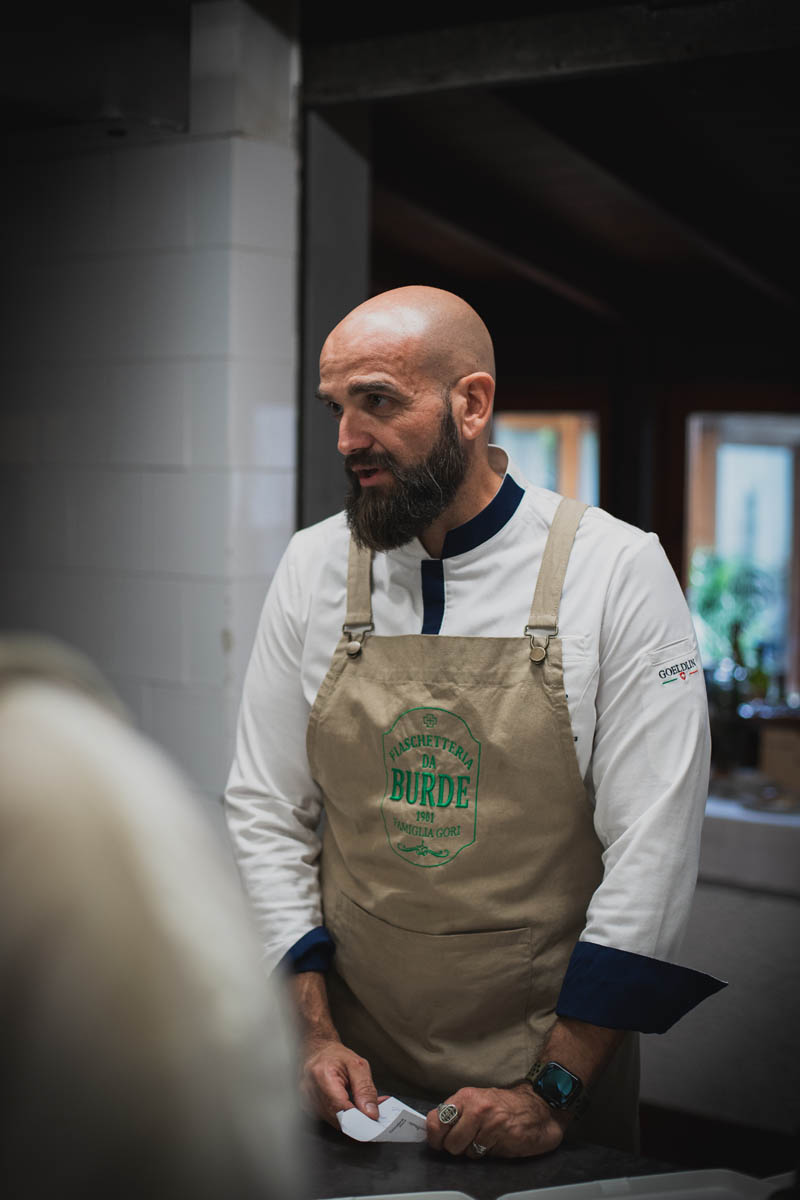
But what does Paolo Gori's kitchen offer? Soups, sauces, meats, and a selection of offal, all prepared faithfully following historical recipes. It starts with the traditional chicken liver crostini, according to the historical recipe made daily in the trattoria with capers, anchovies, and butter, but faded with vinsanto and accompanied by a sip of it. The table is then set with warm and enveloping soups, including farinata, typical of Florence but called bordatino on the Tuscan coast. Then there's ribollita with stale bread, spelt, and beans, which tells the ingenuity of the poorer social strata in the medieval period.
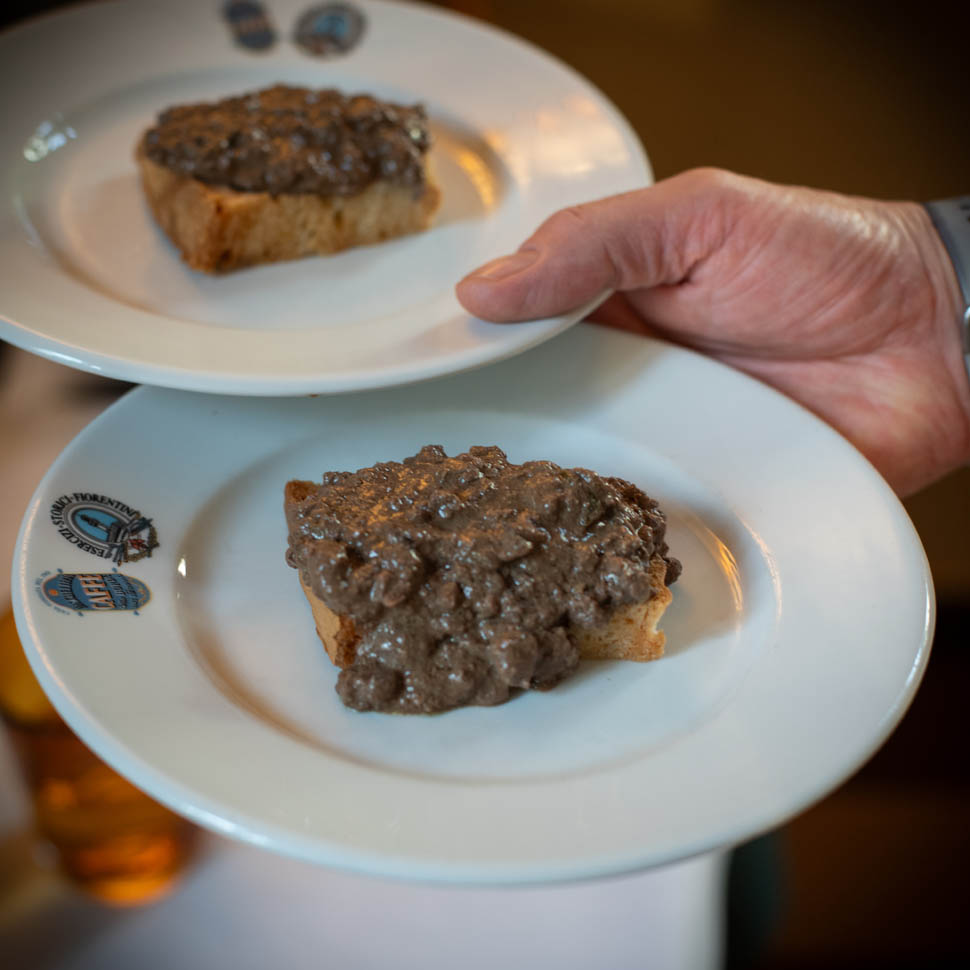

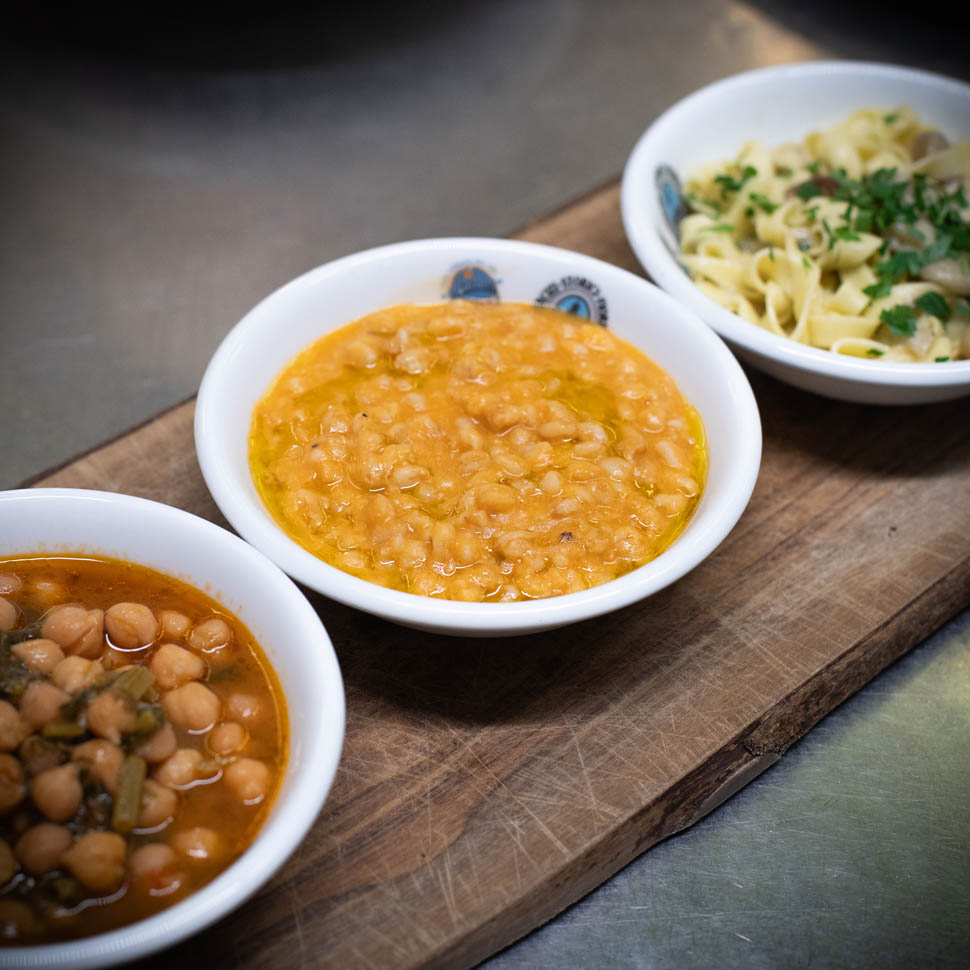
Court servants soaked pieces of bread in the meals of rich lords, then added vegetables for flavor. A dish that requires more than a day of preparation: it is necessary for the various vegetable fermentation processes to become the main ingredient capable of giving roundness to the dish. Finally, chickpea cacciucco with sautéed oil, anchovies, and chard. This last dish is the result of a transhumance story that brings with it a spicy note not typical of the inland but more of the coast around Piombino, areas where Arab influences had taken over in recipes. In the trattoria, preparations based on Tuscan pasta (Chianti spaghettis) and fresh pici also find space, ideal for the lunch break of the many regular customers who stop by Burde and can rely on an always new daily menu.
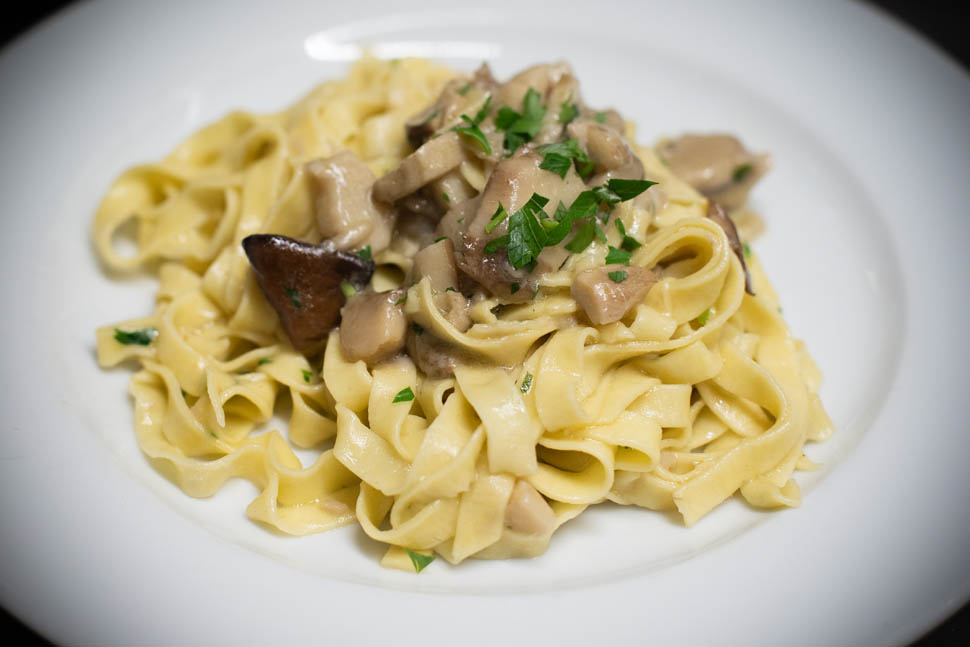
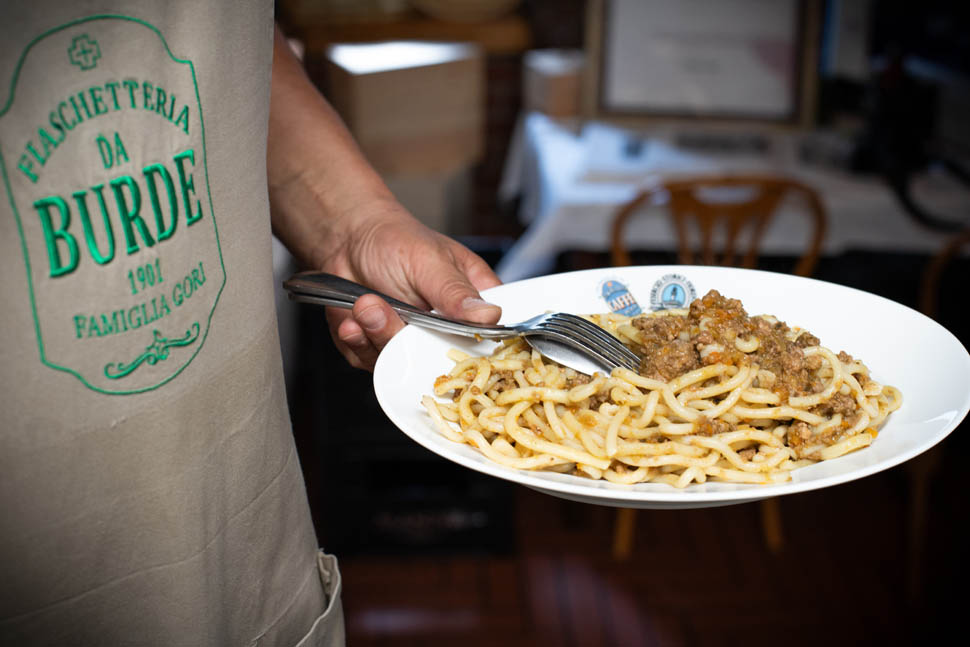
It's time for peposo with Calvana breed meat, a dish halfway between a stew and a braise. The meat is slowly cooked, wrapped in constant heat. Just as workers did in the past, unknowingly reusing less prized scraps, they brought pieces of meat to the factory and placed them at the mouth of the ovens so that, over time, even the toughest parts became softer and tender.
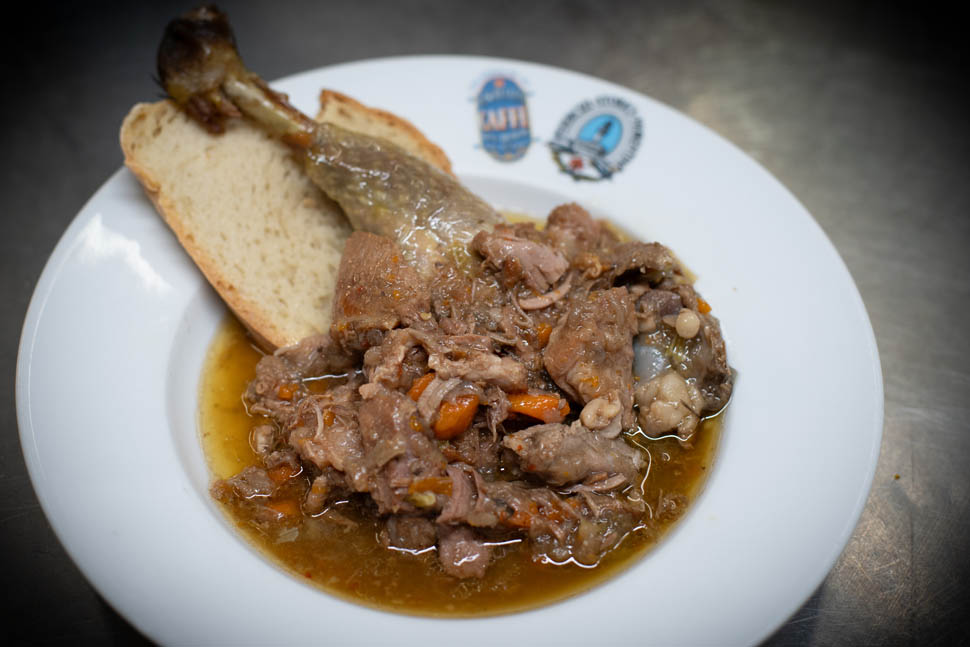
Before consuming it, it was flavored with garlic, wine, and peppercorns. Reminiscences of ancient uses, perhaps some legend, but certainly of a Tuscany that has always been a window to the world and that, while remaining firmly rooted in its traditions, has allowed some small cultural and culinary intrusions, just like with the zuppa Inglese served at the end of the meal. "Florence was inhabited by many English, mostly wealthy families, whose children were cared for by Florentine nannies who, to put the children to bed, gave them this dessert soaked in alchermes liqueur," Andrea explains.
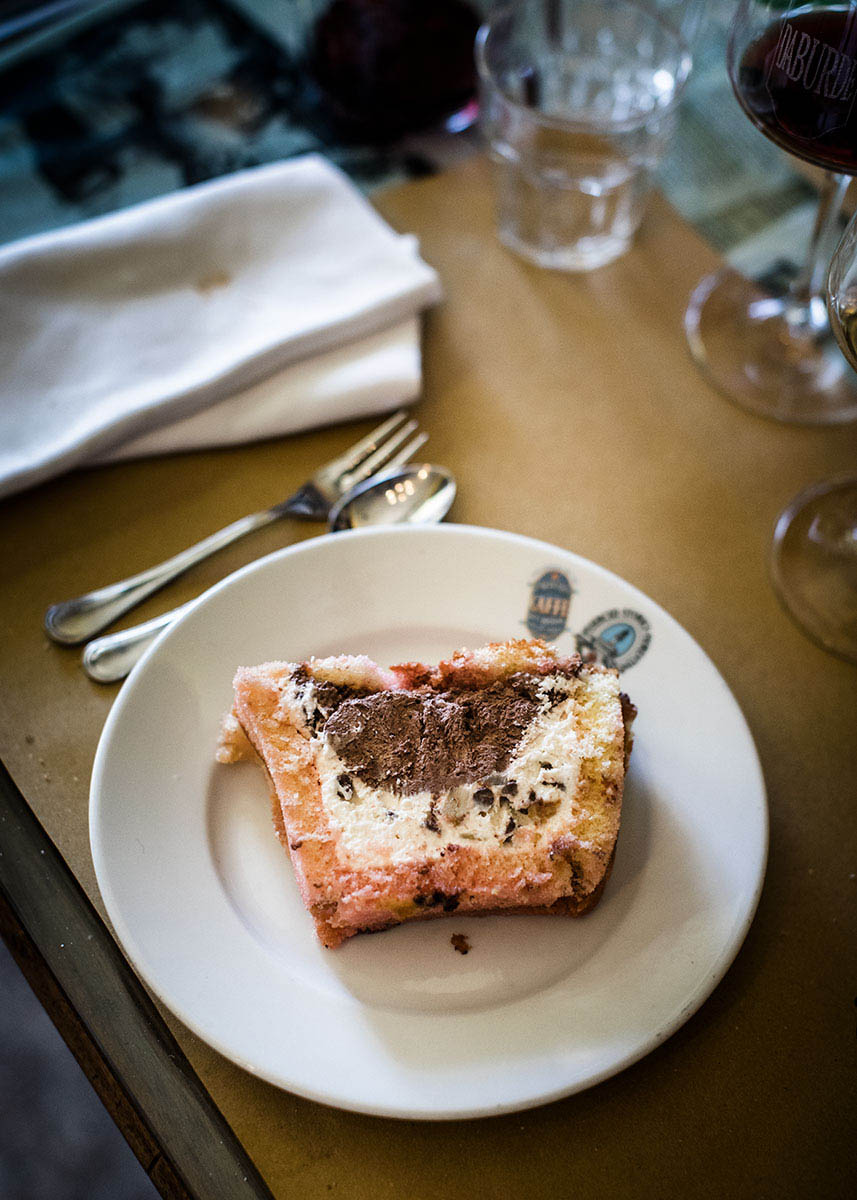
The kitchen, in short, speaks the language of the past, that of Andrea and Paolo's grandmother. Paolo Gori, after a degree in Political Science, found himself in the kitchen of his grandmother Irene, an incredible cook and housewife from Ponte Buggianese who lived right above the trattoria. Of that kitchen, intimately connected to the land, Paolo has changed little or nothing because the past is precious, and Paolo Gori knows it well. He demonstrates it with consistency by proposing dishes that respect popular cuisine without condemning innovation. After all, even ribollita was innovative once.
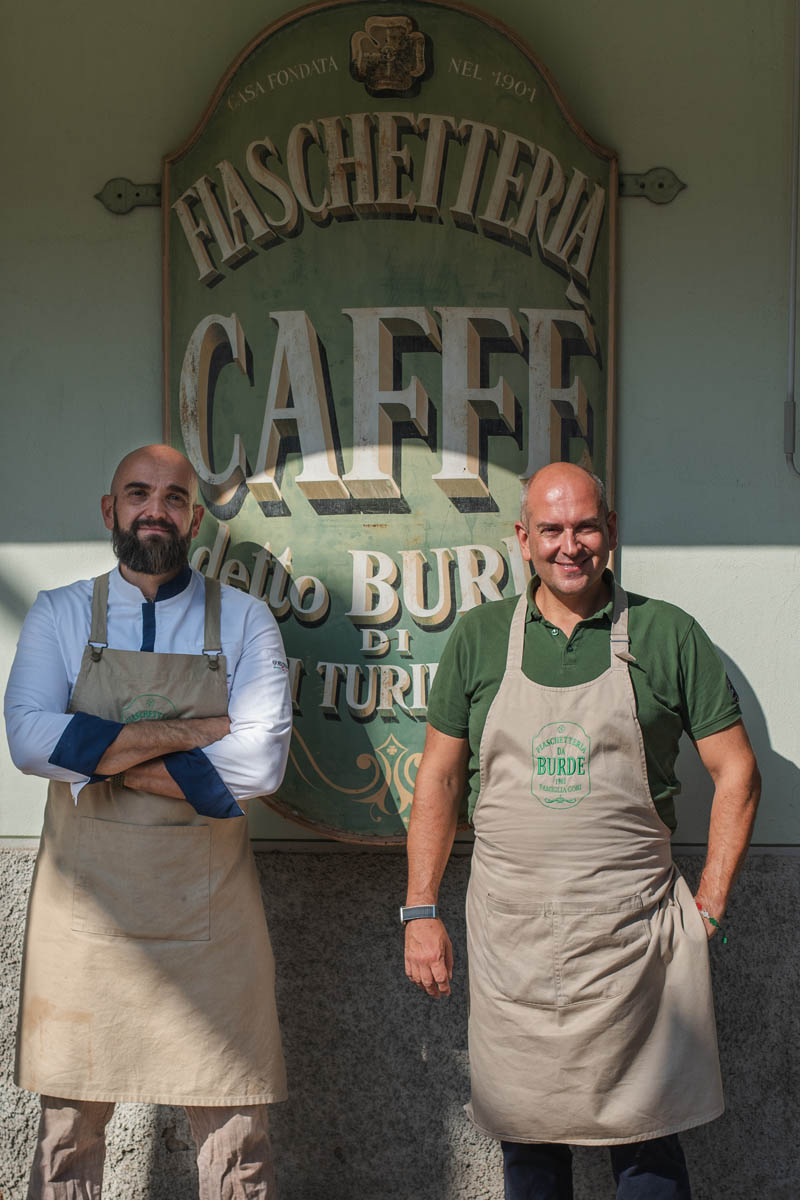
The cellar
Trattoria Da Burde is also wine, rare, trendy, and highly prized, just as precious are Andrea Gori's explanations - a journalist, writer, and event organizer around Italy, albeit with a start as a biologist. In the dining room, while recommending the right pairing, he reveals his boundless passion.
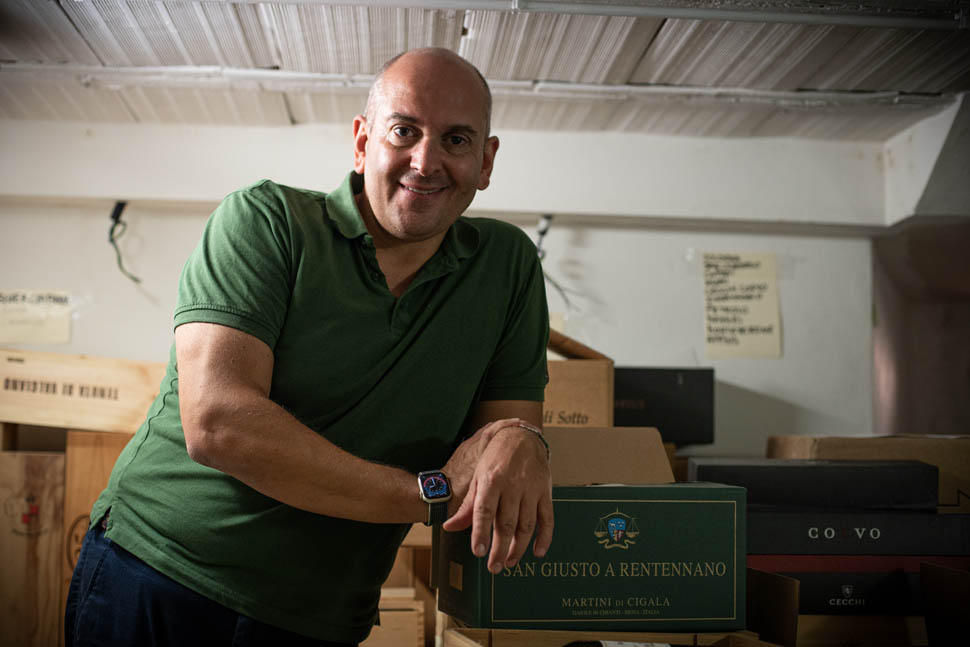
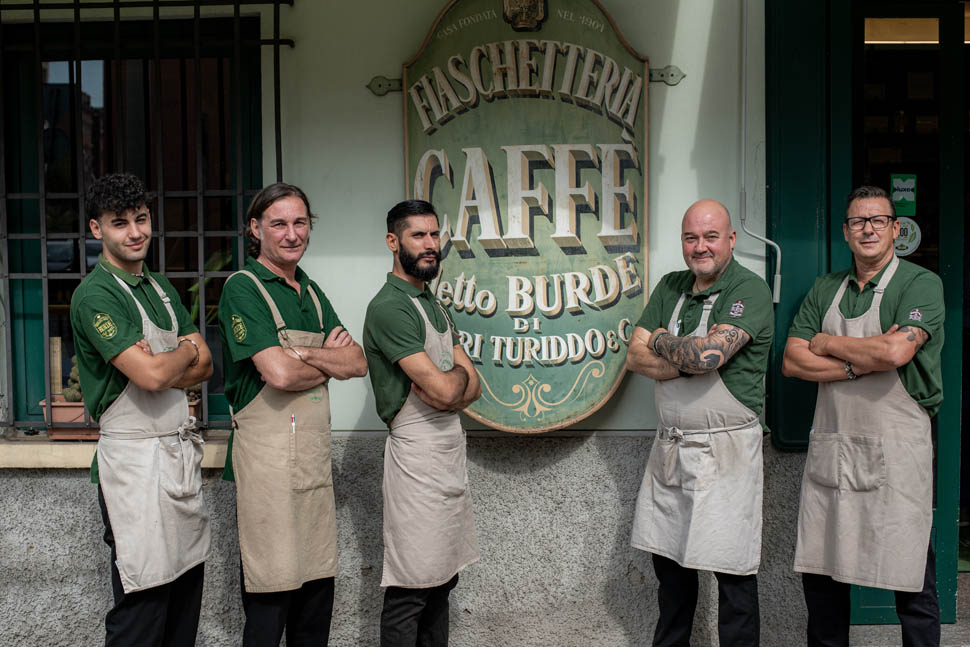
From IT to communication to writing, Andrea loves to know and tell. He involves and intrigues but without showing too much. A sommelier but also a host, in the dining room, he goes from telling the story of the coats of arms of noble Florentine families depicted on the walls to guiding the (mandatory) tour in the cellar. A real vault where the world's largest collection of Chianti Classico is kept and one of the largest representations of Tuscany with over 700 regional labels. Pinot noir, Syrah, wines from Burgundy and Super Tuscans, Sangiovese in all its expressions, and Champagne. Then also natural, organic, and biodynamic wines.
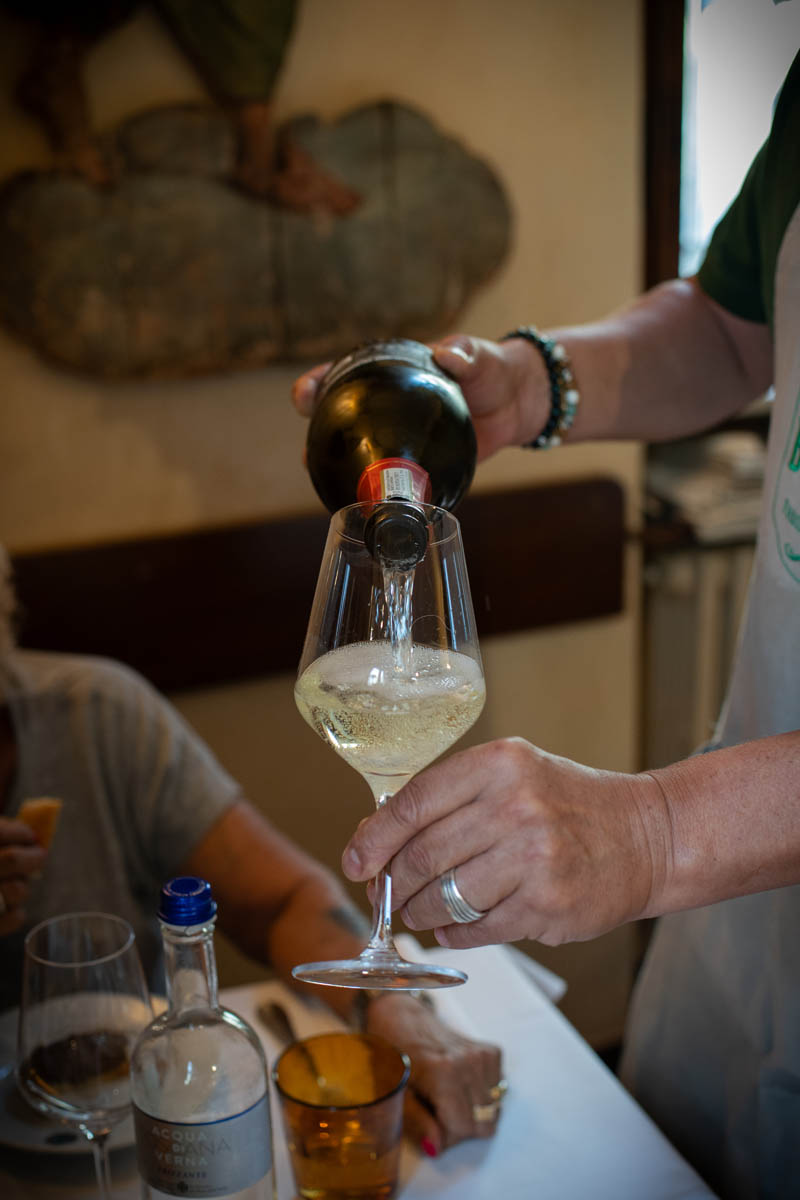
CONTACTS
Trattoria Da Burde
Via Pistoiese 154 (6r) - 50145 Florence
Phone. 055 317206
